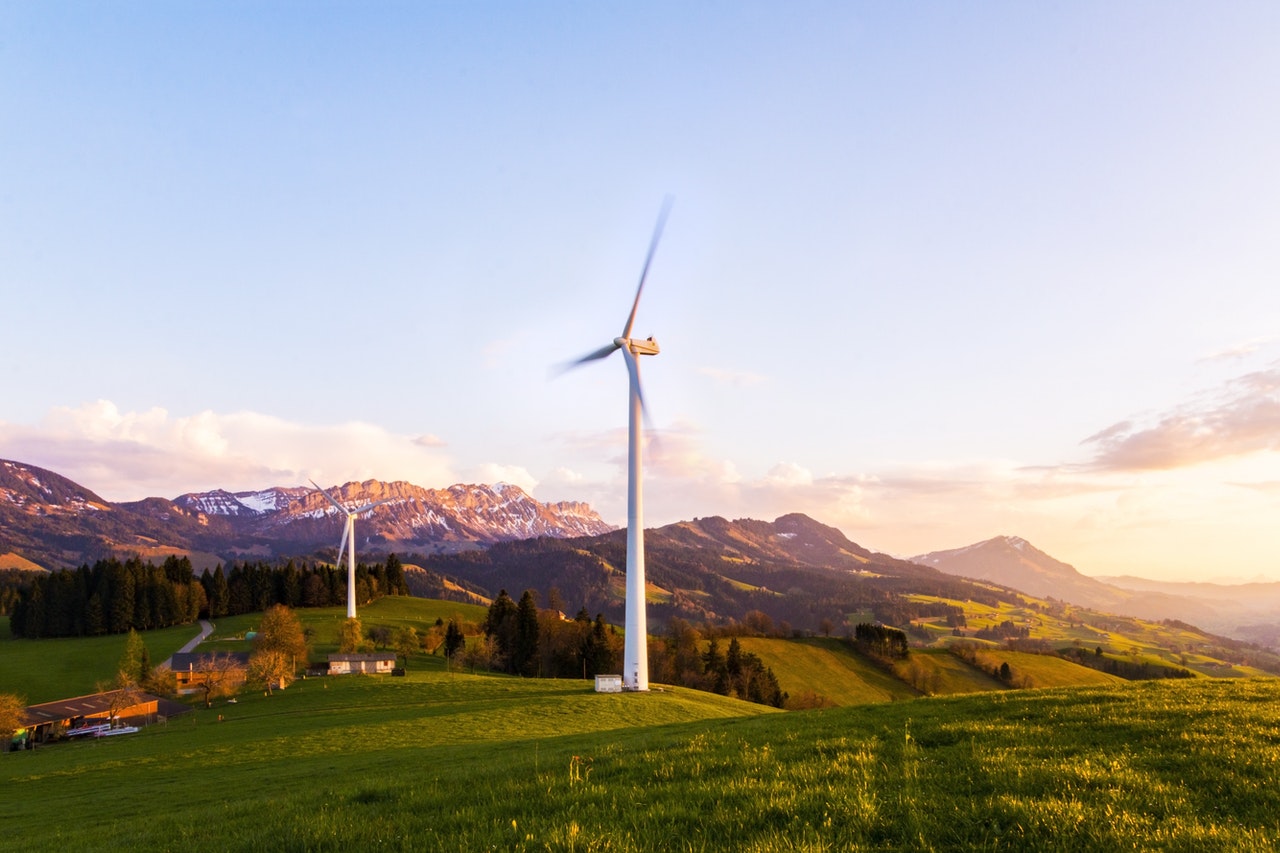In the land of ancient wisdom, the homeland of the Buddha, last year the growth of investments in renewable energy sources was huge. Nearly $ 15 billion was invested in India last year to develop renewable energy projects. The growth of investments in this sector is 125%. Having in mind the needs and potentials of the country, this sector will be a good opportunity and in the next period will continue to attract new investments and will be in the focus of investors.
India has seen a huge growth in energy demand in all sectors as a result of increased economic activity, GDP growth, and rising birth rates. The country has increased energy needs in industry, agriculture, and the housing sector. According to estimates, this energy intensity will continue in the next period. Hence the need for new energy facilities will be great in the next period. In addition, renewable energy sources and their development is crucial due to the balance of the structure of energy production in the country. At present, almost 60% of electricity production comes from coal. This is certainly not sustainable in the long run because India also has its own national strategy for decarbonization, according to which by 2030 it is planned to reduce CO2 emissions by 45%, and by 2070 to achieve 0 emissions.
The natural potentials for renewable energy and the high demand for electricity, which is on the rise, offer a solid framework for investing in renewable energy projects. Research and scanning data made available to investors by Invest India indicate that this large country has a potential of over 1000 GW of renewable energy sources. So far, 151 GW or 39% of the total installed capacity has been installed. Most or almost 50 GW are installed in solar power plants and about 40 GW in wind farms. India also has the largest hybrid solar-wind farm in Gujarat, with an installed capacity of 30 GW. According to the plan, by 2030 the installed capacities in renewable energy sources will reach 500 GW. Investments in renewable energy projects worth about $200 billion are currently underway in India.
The recovery of the economy after the pandemic further increases the demand for energy. The growth of investments in this sector is evident, but according to the analysis, it is necessary to accelerate the pace of investments in renewable energy sources, in order to reach the targets of around 500 GW by 2030. Accelerating the pace of investment in this sector is also important to ensure sufficient amounts of energy from renewable sources, which will meet the growing demand for energy. An additional $40 billion a year is needed to meet the targets to be met by 2030, or double the current level of investment.
But to achieve these goals and double investment in renewable energy annually in India, it is necessary to eliminate bureaucratic barriers, which are the biggest obstacle to investment. The biggest risks for investors are takeover risks, lack of infrastructure, regulatory risks, and many others.
The interest of investors is great and the scanning of investment conditions in India has increased, which is understandable given the potential and demand. Reducing the risks by Indian institutions to an acceptable level for investors will be a big step toward accelerating this process. At the same time, it is important to improve the availability of financial mechanisms that will support investments in renewable energy sources.

